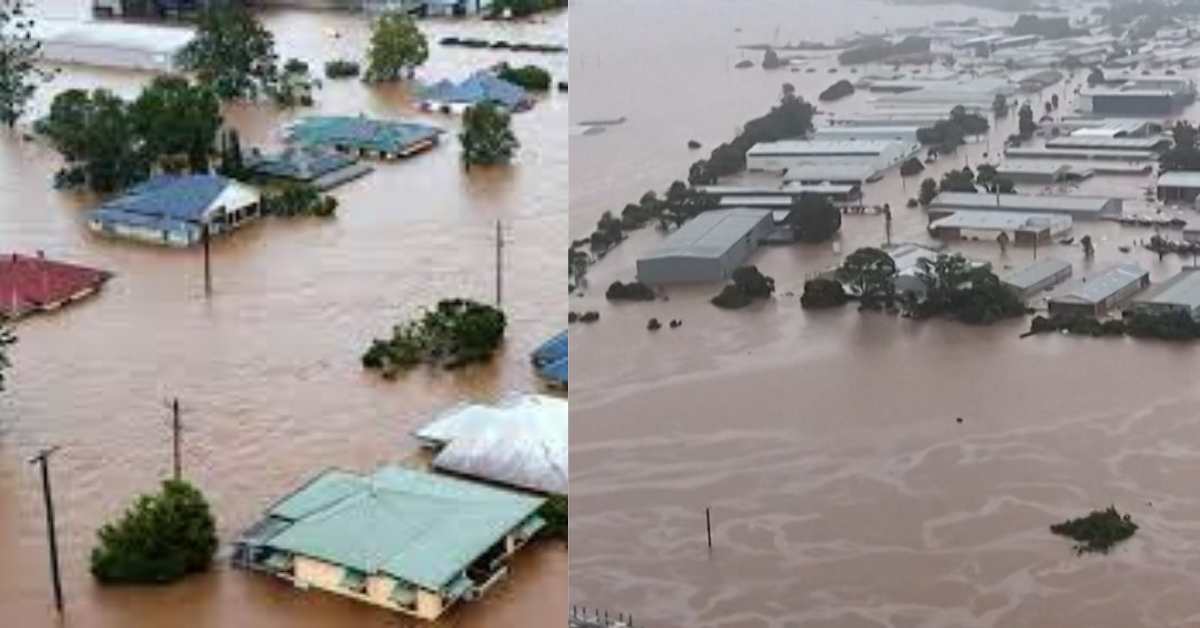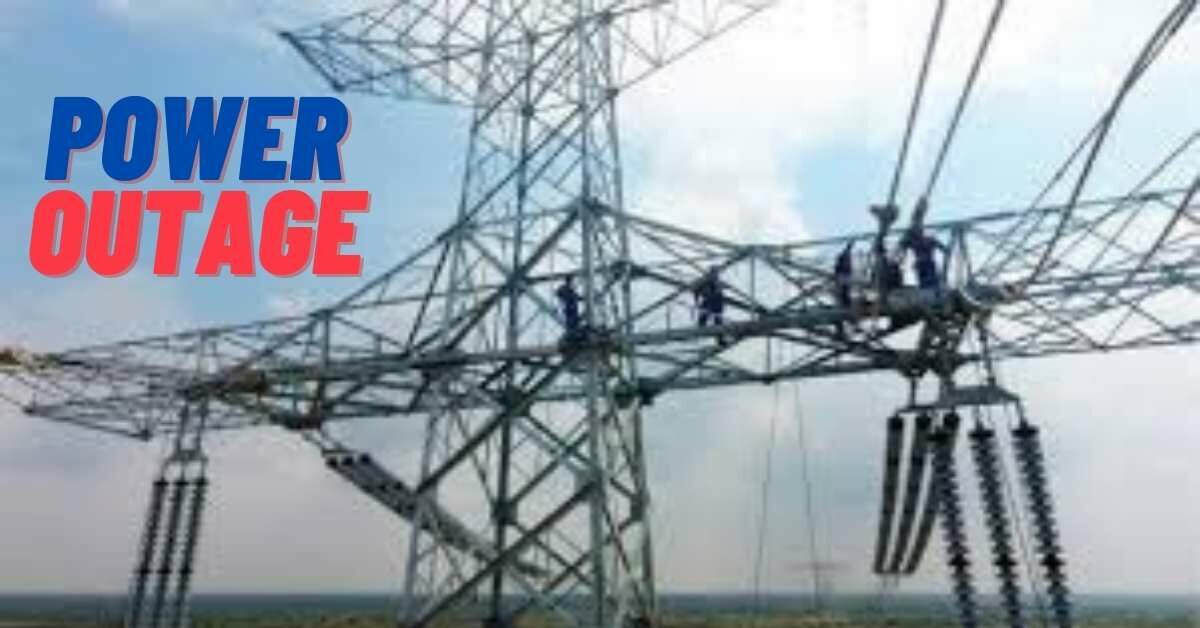Many rivers in Victoria experienced heavy flooding.
The Prime Minister said that the federal government was ready to help flood-affected states.
The weather service warns of another potentially severe weather system next week.
SYDNEY: Thousands of people were ordered to evacuate their homes throughout Australia’s southeast on Friday, including some in a western Melbourne suburb, after two days of heavy rainfall caused flash floods and river banks to breach.
An strong weather system hammered large portions of Victoria state, southern New South Wales, and the northern regions of the island state of Tasmania, with some receiving more than a month’s worth of rain since late Wednesday, authorities said.
“Our river systems… are hitting catastrophic flood levels at different periods today, over the weekend, and into next week,” Tim Wiebusch, chief operations officer for Victoria emergency services, told reporters.
Many rivers in Victoria, notably the Maribyrnong in Melbourne’s west and the Goulburn in the north, reached catastrophic flood levels, forcing inhabitants to flee at night.
The Goulburn River in Seymour, approximately 100 kilometres (62 miles) north of Melbourne, has risen over the record of 7.64 metres (25 feet) set in May 1974, according to records. Emergency workers performed more than 200 flood rescues.
Rising flood levels in Shepparton are likely to reach the 1974 record by Tuesday, threatening almost 4,000 houses.
“This is likely to create new records in terms of property damage, road, public infrastructure, and the sheer amount of water,” Victorian Premier Daniel Andrews said during a press conference.
Andrews said a decision on restoring the state’s purpose-built COVID-19 quarantine facility, which was shuttered last week when Australia abandoned isolation requirements, to house flood-affected citizens will be made on Saturday.
Prime Minister Anthony Albanese said that the federal government was prepared to help flood-affected states.
“There are already ADF (Australian Defence Force) people on the ground in Victoria… this is a tough moment, and my heart goes out to those communities impacted,” he was reported as saying by local media.
Rapidly rising rivers
Footage on social media showed individuals walking through knee-deep water with their dogs and others being rescued in boats, while local media said that 200 stud horses in the rural Victorian town of Mangalore were at danger of being swept away.
“Everyone is wondering, ‘How is this genuinely happening?'” Matt Iozzi, a resident of Maribyrnong, told the Australian Broadcasting Corporation that he had to leave in the early hours of Friday morning.
“I chatted with a few neighbors, and everyone was either on their way out or planned to leave within the next 30 minutes after witnessing how quickly the water was rising.”
Wedderburn, a tiny village 200 kilometres (125 miles) north of Melbourne, was urged to evacuate immediately owing to the probable rupture of a local dam.
Agnico Eagle’s Fosterville gold mine, Victoria’s biggest, has halted all non-essential activities, according to the company. According to Reuters, the restoration of full operations might take several days.
On Friday, the flooding catastrophe in Tasmania was exacerbated by further evacuation orders, while hundreds of people in southern New South Wales spent the night in evacuation centres.
The rain had stopped by Friday afternoon, but the meteorological service had issued a warning about another potentially severe weather system next week.
Since early last year, devastating floods have regularly ravaged Australia’s east coast as a result of the multi-year La Nina weather phenomena, which produces more rain.











